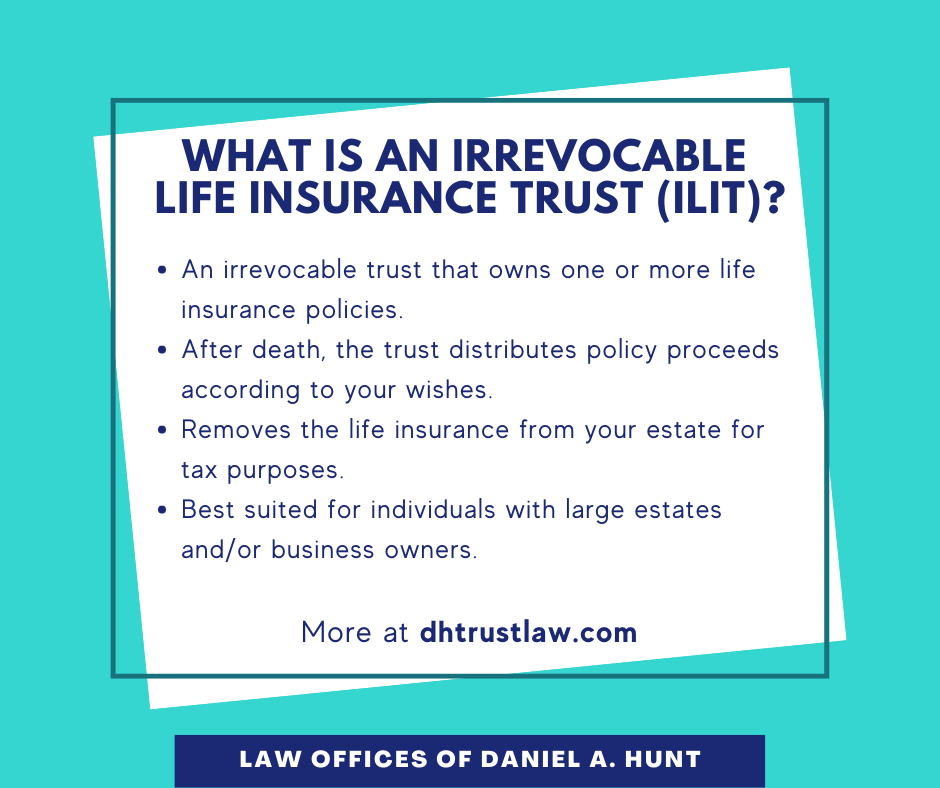Pacific Prime - Questions
Pacific Prime - Questions
Blog Article
Excitement About Pacific Prime
Table of ContentsSome Known Facts About Pacific Prime.Not known Facts About Pacific PrimeThe Pacific Prime IdeasHow Pacific Prime can Save You Time, Stress, and Money.Some Ideas on Pacific Prime You Need To Know

This is due to the fact that the data were gathered for a period of strong financial performance. Of the approximated 42 million people that were without insurance, all however about 420,000 (regarding 1 percent) were under 65 years old, the age at which most Americans end up being eligible for Medicare; 32 million were grownups between ages 18 and 65, around 19 percent of all adults in this age team; and 10 million were children under 18 years old, about 13.9 percent of all youngsters (Mills, 2000).
These quotes of the number of individuals uninsured are generated from the yearly March Supplement to the Current Population Study (CPS), carried out by the Demographics Bureau. Unless otherwise kept in mind, national estimates of individuals without health insurance and proportions of the population with various kinds of protection are based upon the CPS, the most extensively made use of source of quotes of insurance protection and uninsurance prices.
Some Known Questions About Pacific Prime.
:max_bytes(150000):strip_icc()/how-does-insurance-sector-work.asp-FINAL-1ccff64db9f84b479921c47c008b08c6.png)
Still, the CPS is particularly valuable due to the fact that it generates annual estimates relatively rapidly, reporting the previous year's insurance coverage estimates each September, and due to the fact that it is the basis for a regular collection of quotes for more than 20 years, permitting analysis of fads in coverage over time. For these factors, along with the considerable usage of the CPS in various other research studies of insurance coverage that are presented in this report, we count on CPS price quotes, with constraints kept in mind.

The estimate of the variety of without insurance people expands when a populace's insurance condition is tracked you can find out more for a number of years. Over a three-year period starting early in 1993, 72 million people, 29 percent of the united state populace, lacked insurance coverage for at the very least one month. Within a single year (1994 ), 53 million people experienced at the very least a month without coverage (Bennefield, 1998a)
Six out of every 10 uninsured adults are themselves used. Functioning does enhance the possibility that one and one's household members will certainly have insurance, it is not an assurance. Also members of families with 2 permanent wage income earners have practically a one-in-ten chance of being uninsured (9.1 percent without insurance rate) (Hoffman and Pohl, 2000).
The 10-Second Trick For Pacific Prime
New immigrants represent a considerable percentage of people without medical insurance. One analysis has actually connected a substantial section of the current growth in the dimension of the united state without insurance populace to immigrants that arrived in the country in between 1994 and 1998 (Camarota and Edwards, 2000). Current immigrants (those that involved the USA within the previous four years) do have a high price of being uninsured (46 percent), but they and their children account for simply 6 percent of those without insurance country wide (Holahan et al., 2001).
The connection between medical insurance and accessibility to care is well established, as recorded later on in this chapter. Although the relationship in between health insurance coverage and health outcomes is neither direct neither straightforward, an extensive clinical and wellness services research study literary works web links wellness insurance policy protection to better accessibility to care, far better top quality, and boosted individual and populace health condition.
Degrees of analysis for checking out the impacts of uninsurance. It focuses particularly on those without any wellness insurance coverage for any size of time.
How Pacific Prime can Save You Time, Stress, and Money.
The problems dealt with by the underinsured remain in some areas similar to those faced by the uninsured, although they are normally much less extreme. maternity insurance for expats. Uninsurance and underinsurance, nonetheless, involve noticeably various plan issues, and the methods for resolving them may vary. Throughout this research and the 5 records to adhere to, the major focus gets on persons without any medical insurance and hence no help in spending for healthcare beyond what is available through charity and safety and security internet institutions
Medical insurance is an effective aspect impacting receipt of care due to the fact that both people and doctors react to the out-of-pocket price of solutions - http://tupalo.com/en/users/6478264. Medical insurance, however, is neither necessary nor sufficient to access to medical solutions. However, the independent and straight result of wellness insurance policy protection on accessibility to health and wellness solutions is well established.
Others will certainly obtain the wellness treatment they need also without medical insurance, by paying for it expense or seeking it from carriers who supply treatment complimentary or at highly subsidized prices. For still others, health and wellness insurance alone does not make certain receipt of treatment due to various other nonfinancial barriers, such as an absence of health treatment suppliers in their community, minimal access to transport, illiteracy, or linguistic and social differences.
Examine This Report about Pacific Prime
Formal study about without insurance populaces in the United States dates to the late 1920s and very early 1930s when the Board on the Expense of Treatment produced a collection of records about financing medical professional office sees and hospitalizations. This issue ended up being prominent as the varieties of clinically indigent climbed up during the Great Anxiety.
Report this page